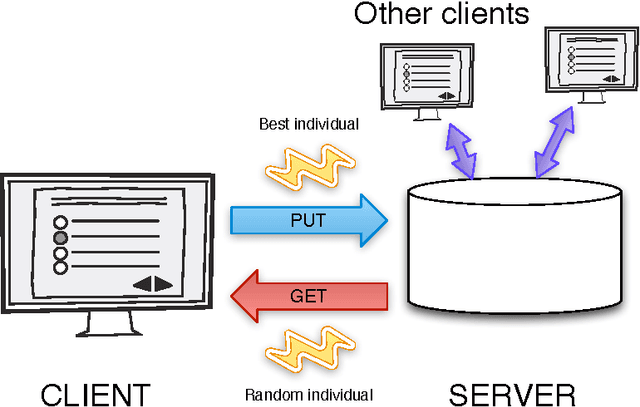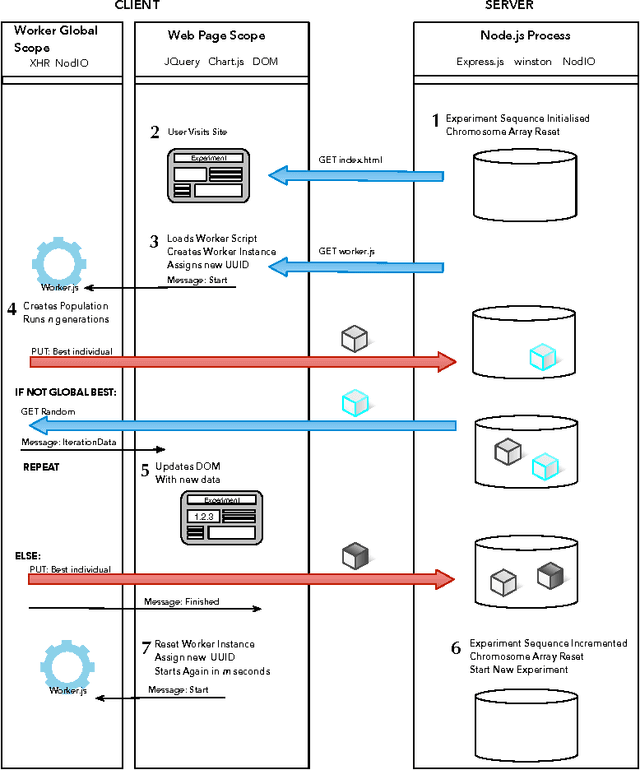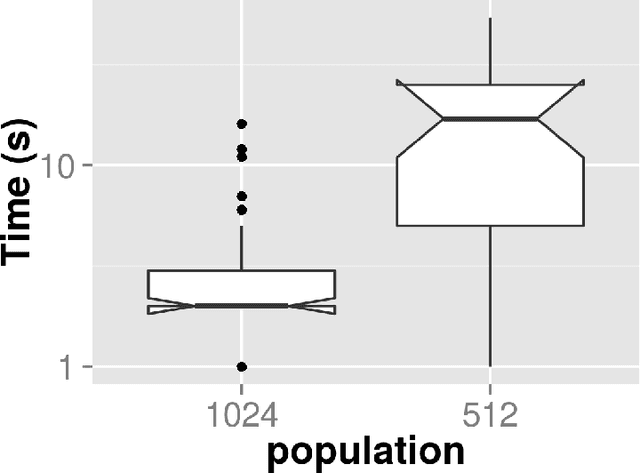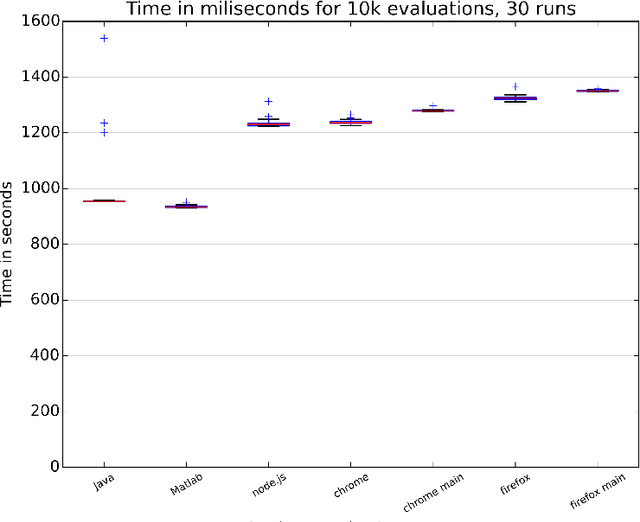Nuria Rico
Determining the significance and relative importance of parameters of a simulated quenching algorithm using statistical tools
Feb 08, 2024Abstract:When search methods are being designed it is very important to know which parameters have the greatest influence on the behaviour and performance of the algorithm. To this end, algorithm parameters are commonly calibrated by means of either theoretic analysis or intensive experimentation. When undertaking a detailed statistical analysis of the influence of each parameter, the designer should pay attention mostly to the parameters that are statistically significant. In this paper the ANOVA (ANalysis Of the VAriance) method is used to carry out an exhaustive analysis of a simulated annealing based method and the different parameters it requires. Following this idea, the significance and relative importance of the parameters regarding the obtained results, as well as suitable values for each of these, were obtained using ANOVA and post-hoc Tukey HSD test, on four well known function optimization problems and the likelihood function that is used to estimate the parameters involved in the lognormal diffusion process. Through this statistical study we have verified the adequacy of parameter values available in the bibliography using parametric hypothesis tests.
NodIO, a JavaScript framework for volunteer-based evolutionary algorithms : first results
Jan 07, 2016



Abstract:JavaScript is an interpreted language mainly known for its inclusion in web browsers, making them a container for rich Internet based applications. This has inspired its use, for a long time, as a tool for evolutionary algorithms, mainly so in browser-based volunteer computing environments. Several libraries have also been published so far and are in use. However, the last years have seen a resurgence of interest in the language, becoming one of the most popular and thus spawning the improvement of its implementations, which are now the foundation of many new client-server applications. We present such an application for running distributed volunteer-based evolutionary algorithm experiments, and we make a series of measurements to establish the speed of JavaScript in evolutionary algorithms that can serve as a baseline for comparison with other distributed computing experiments. These experiments use different integer and floating point problems, and prove that the speed of JavaScript is actually competitive with other languages commonly used by the evolutionary algorithm practitioner.
 Add to Chrome
Add to Chrome Add to Firefox
Add to Firefox Add to Edge
Add to Edge